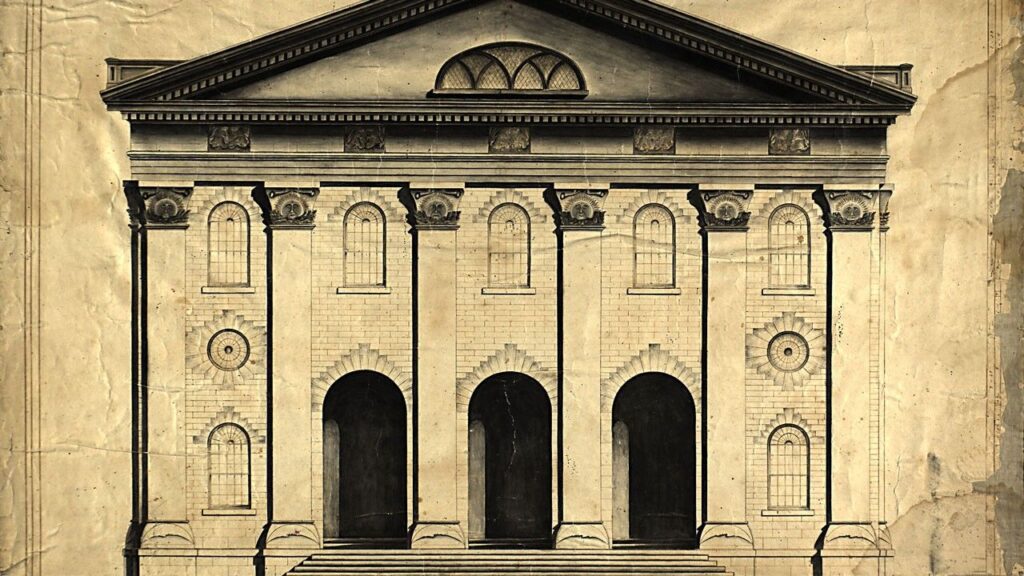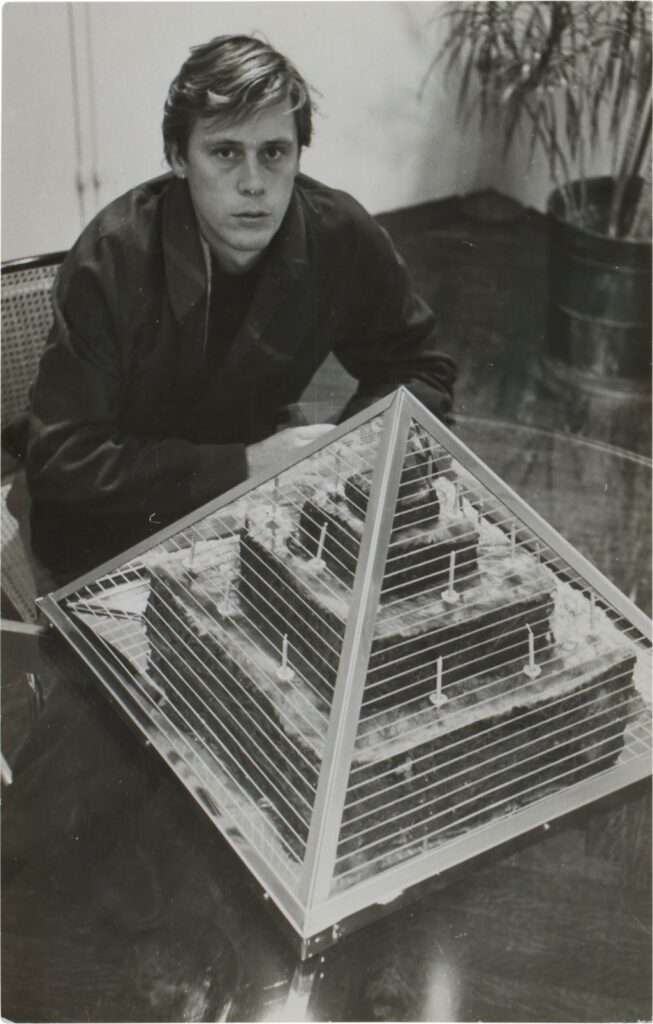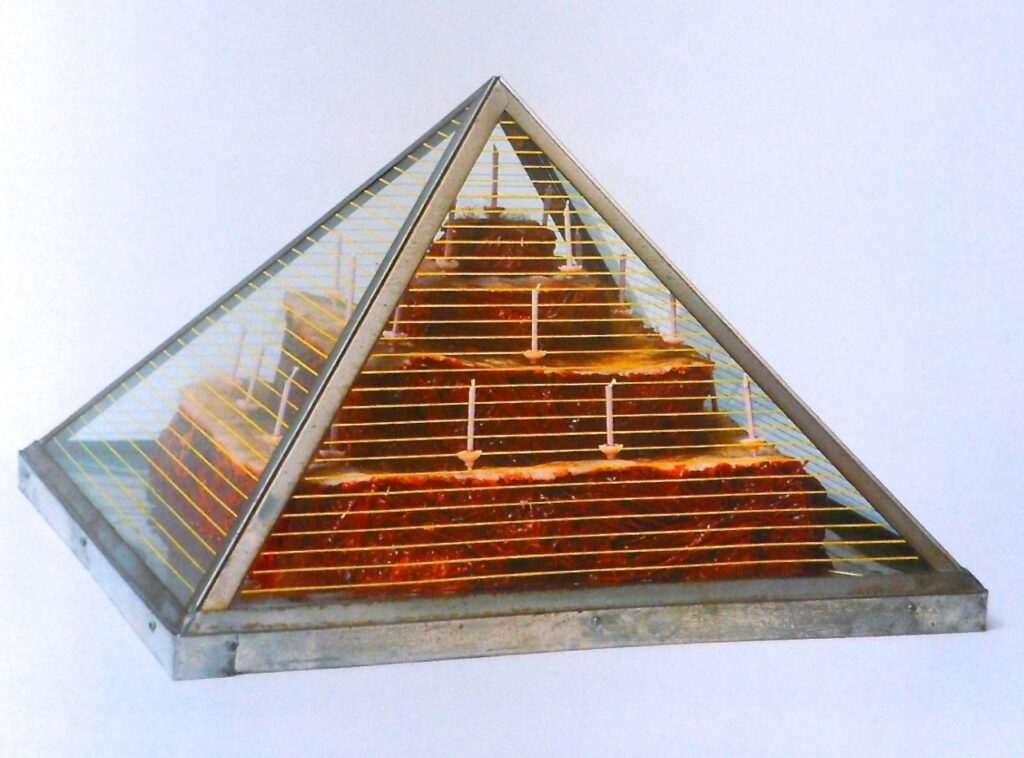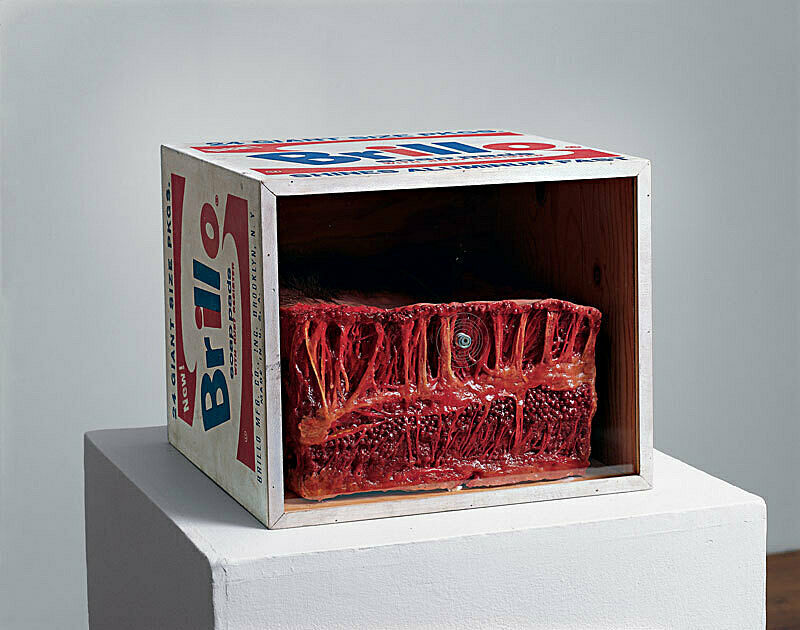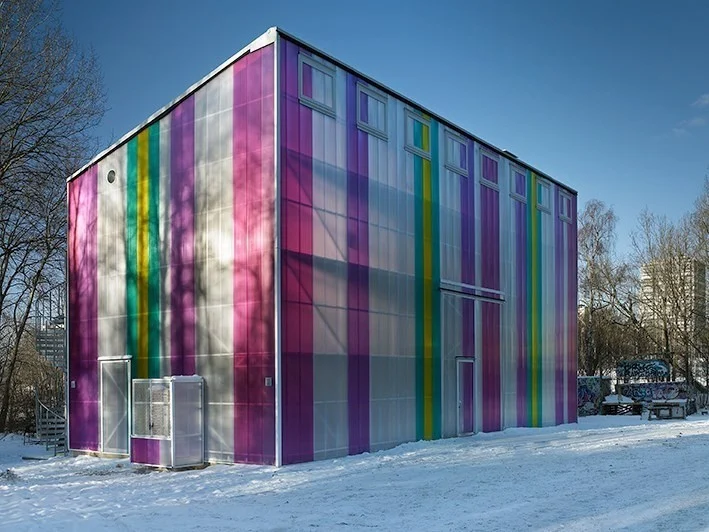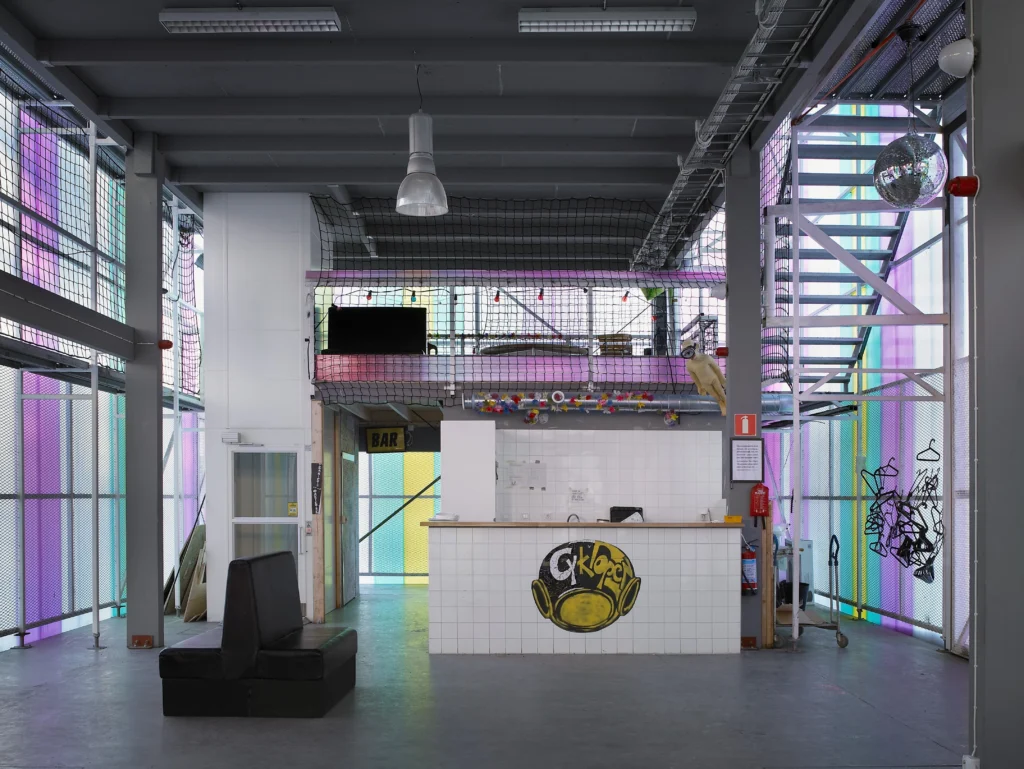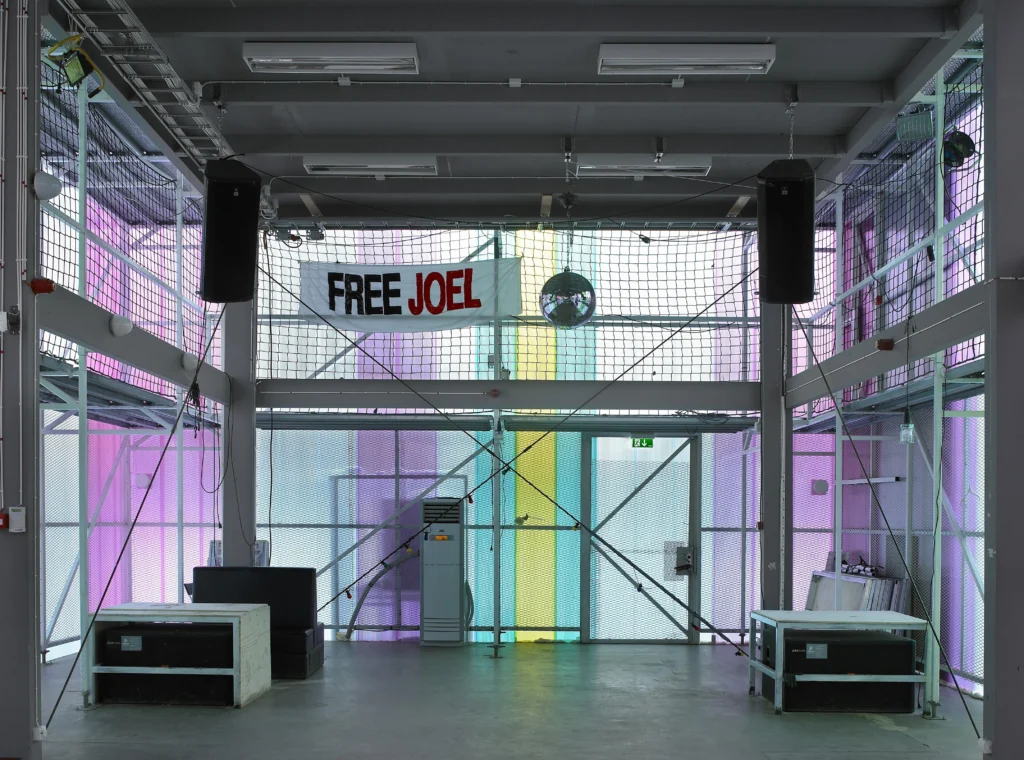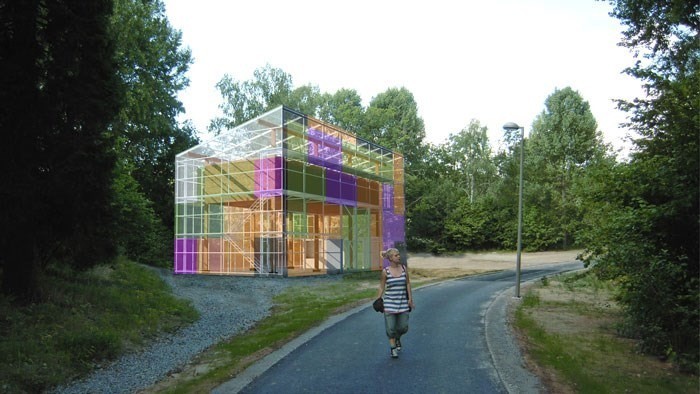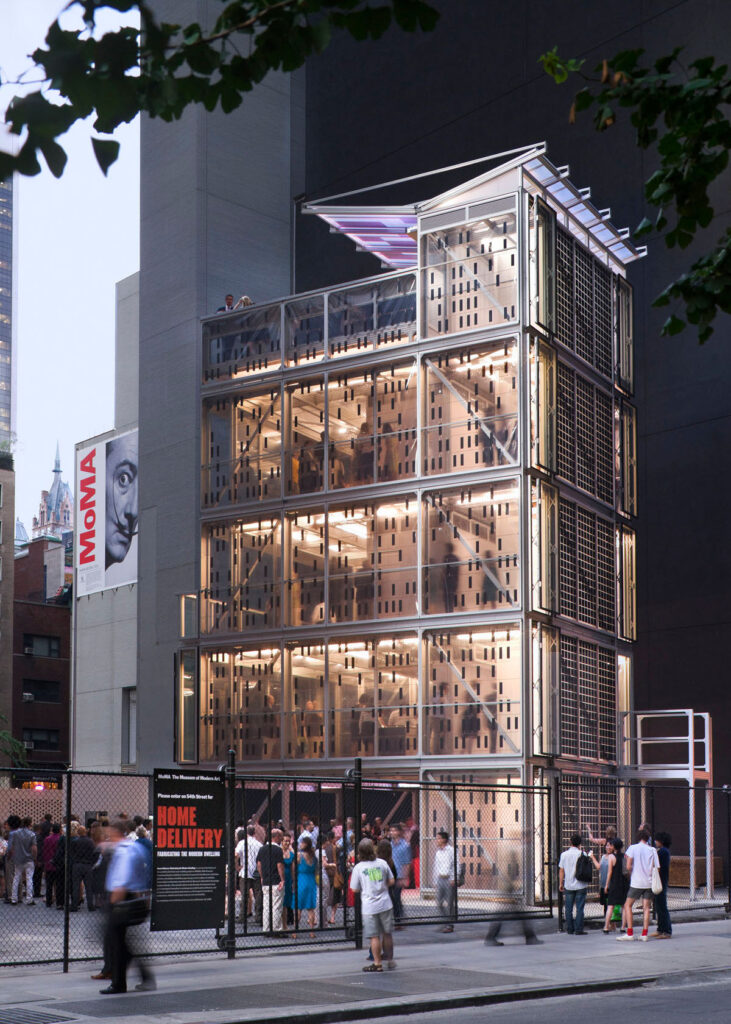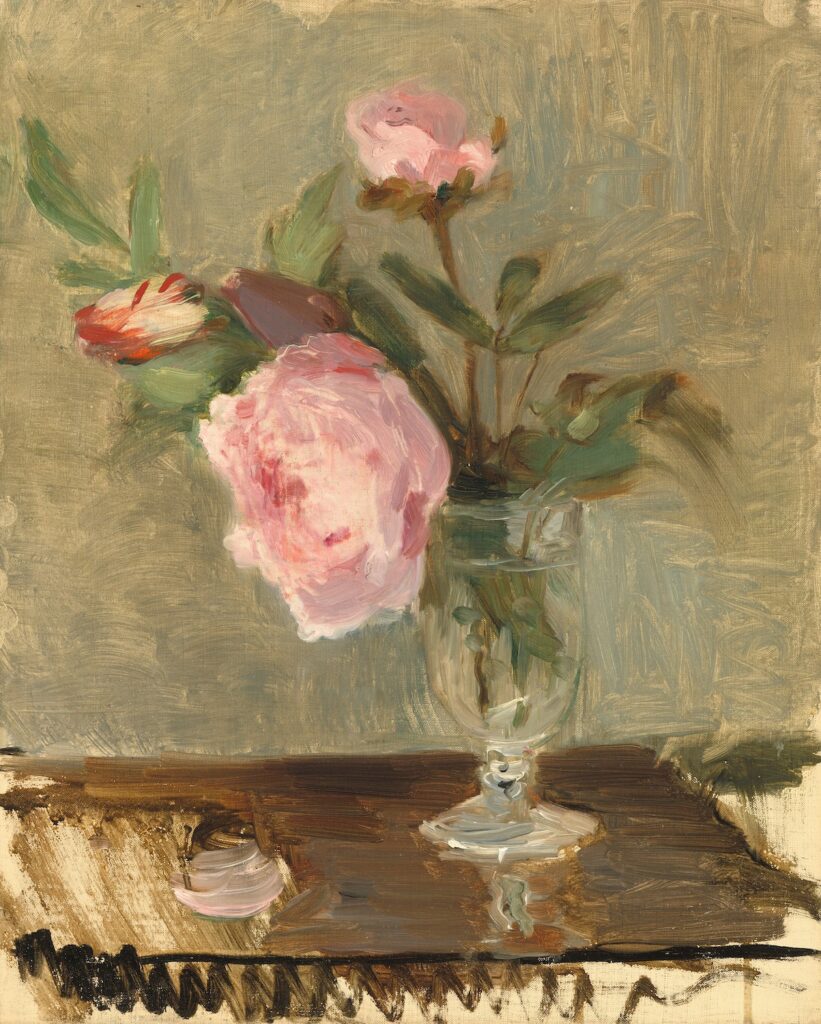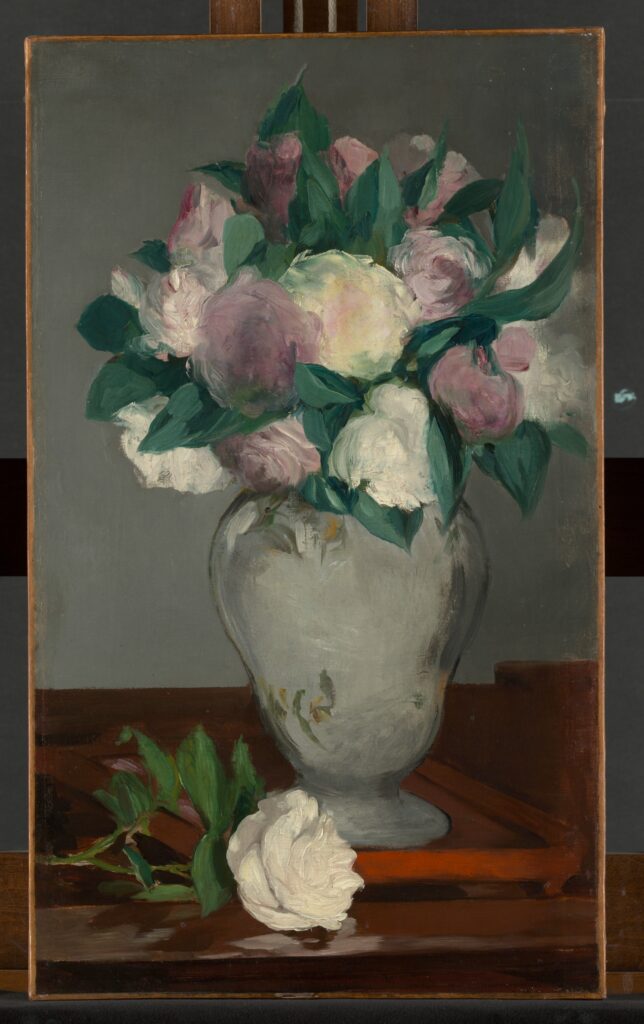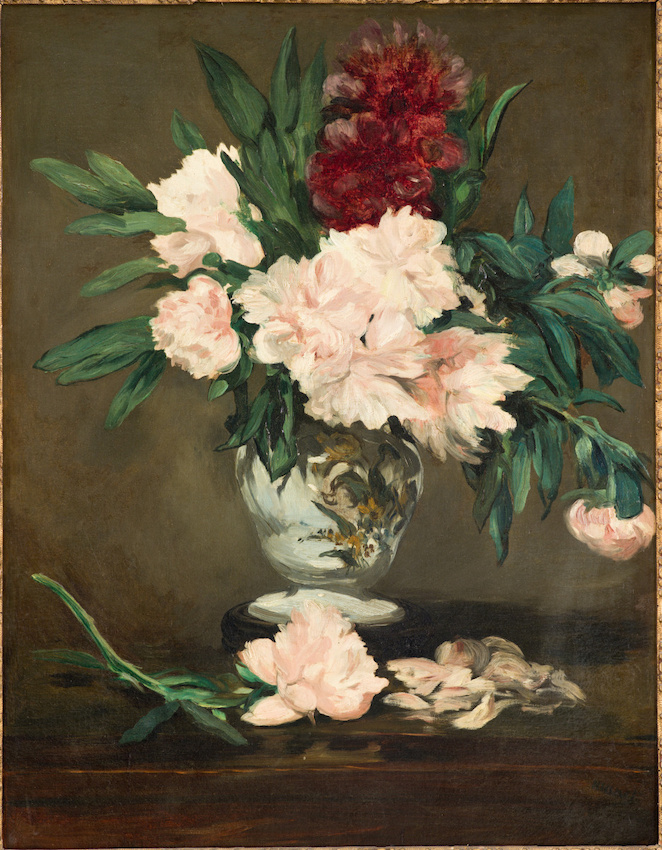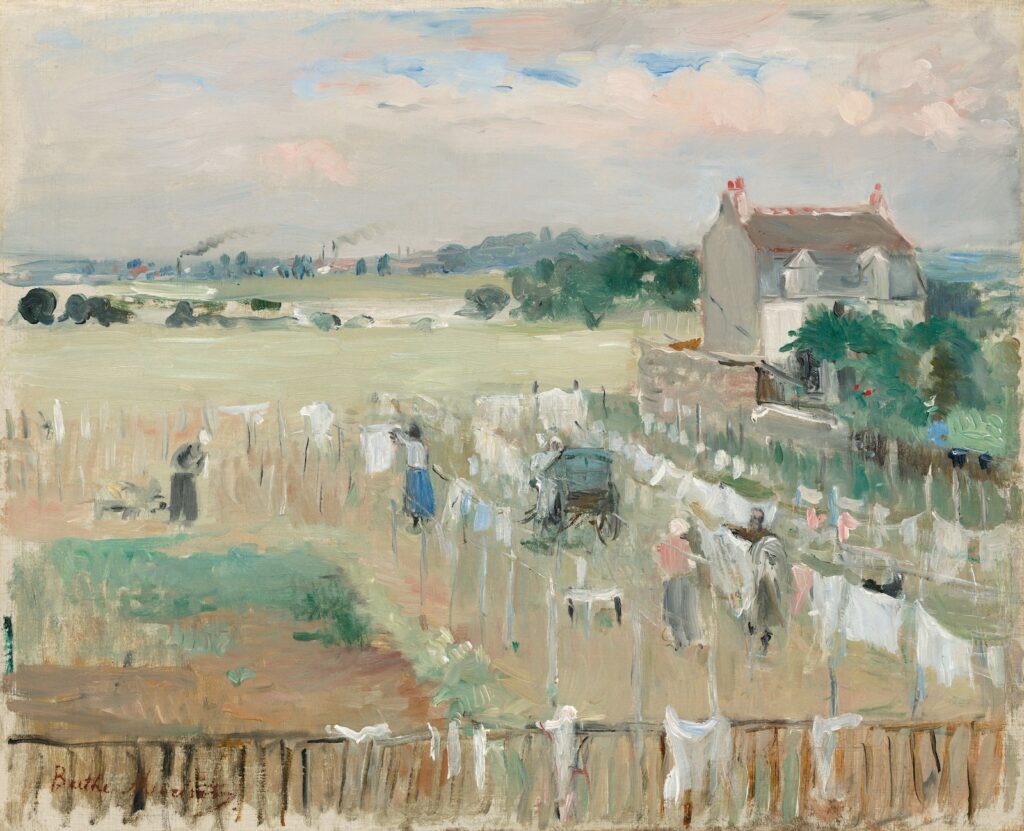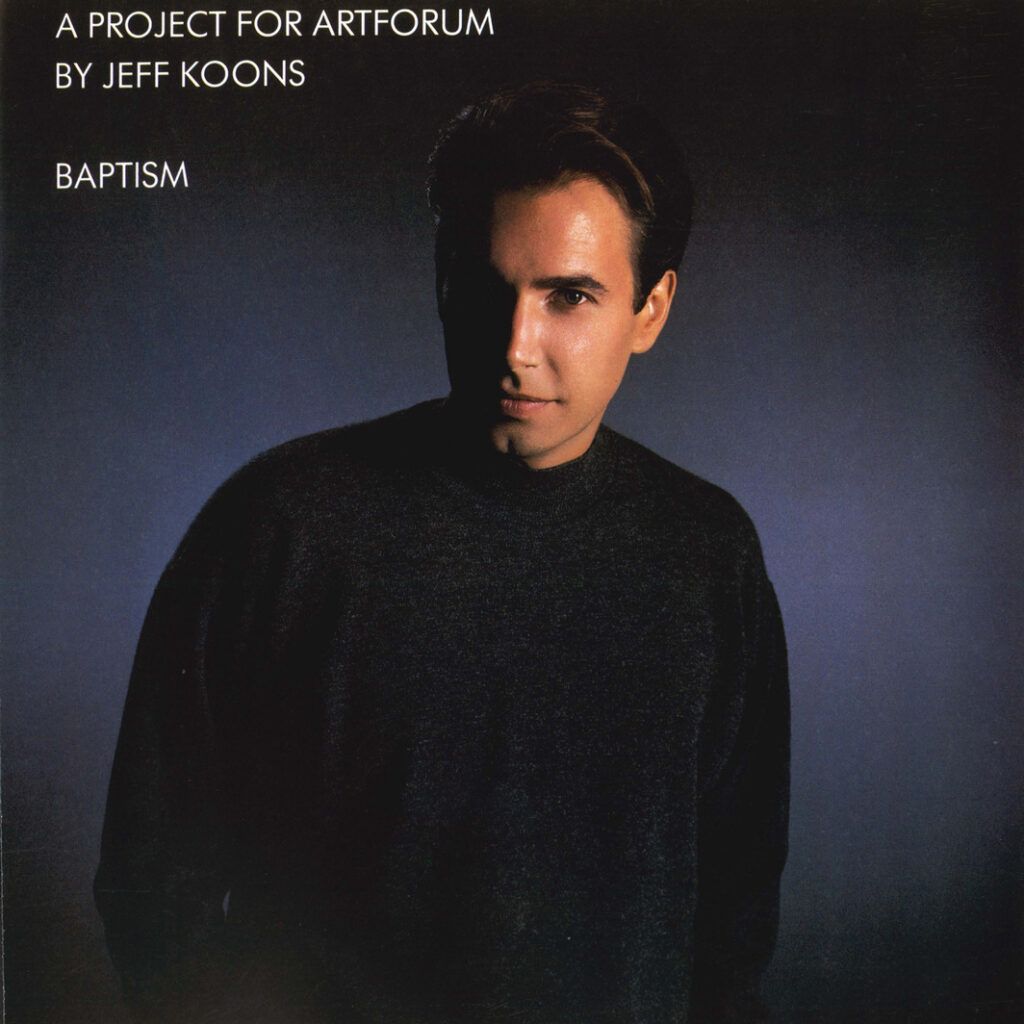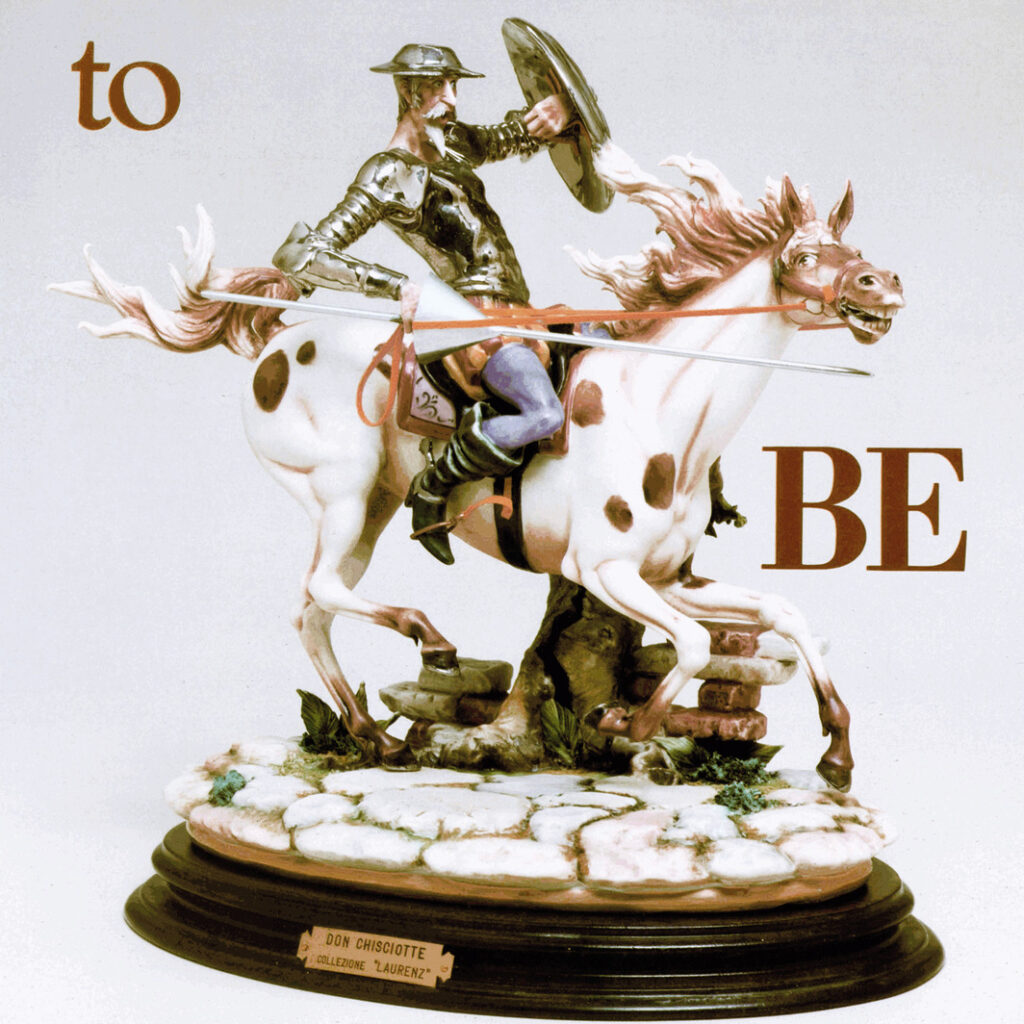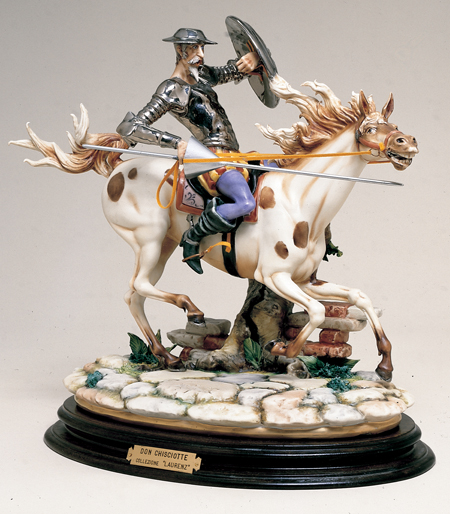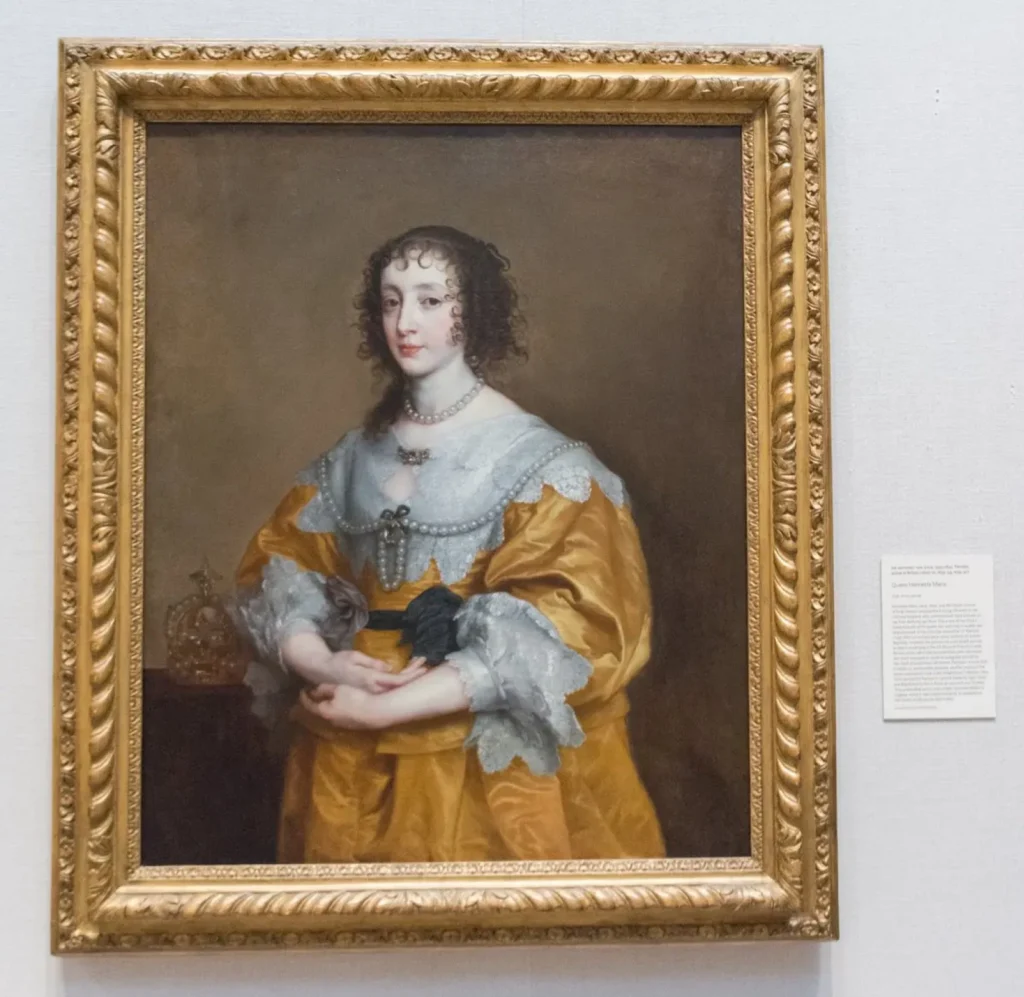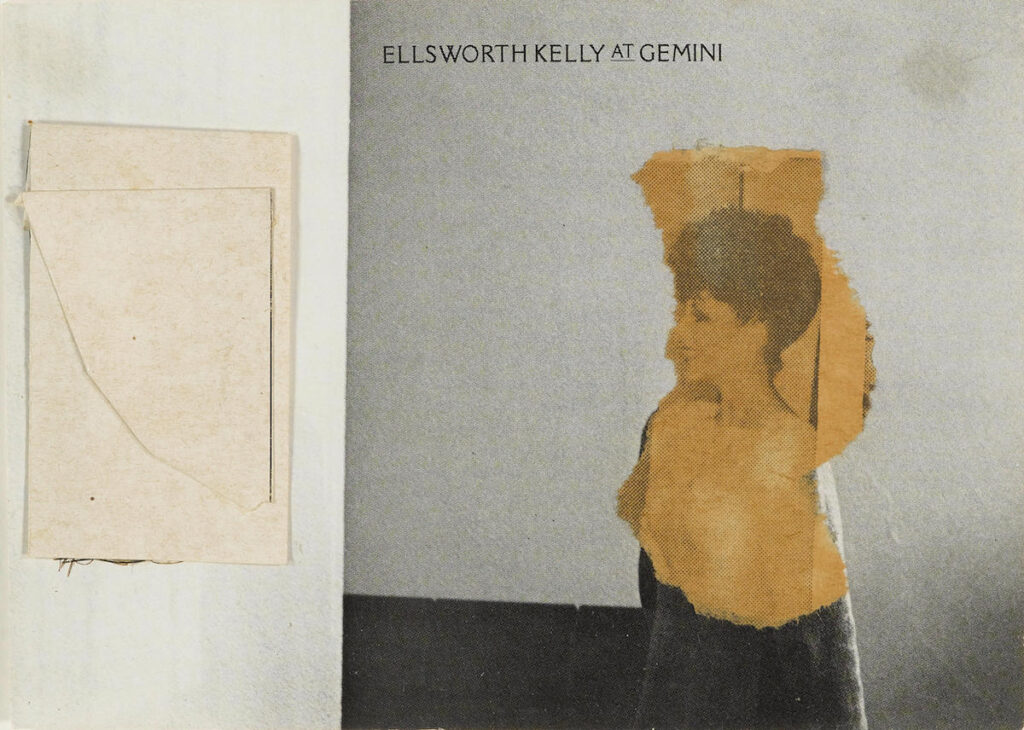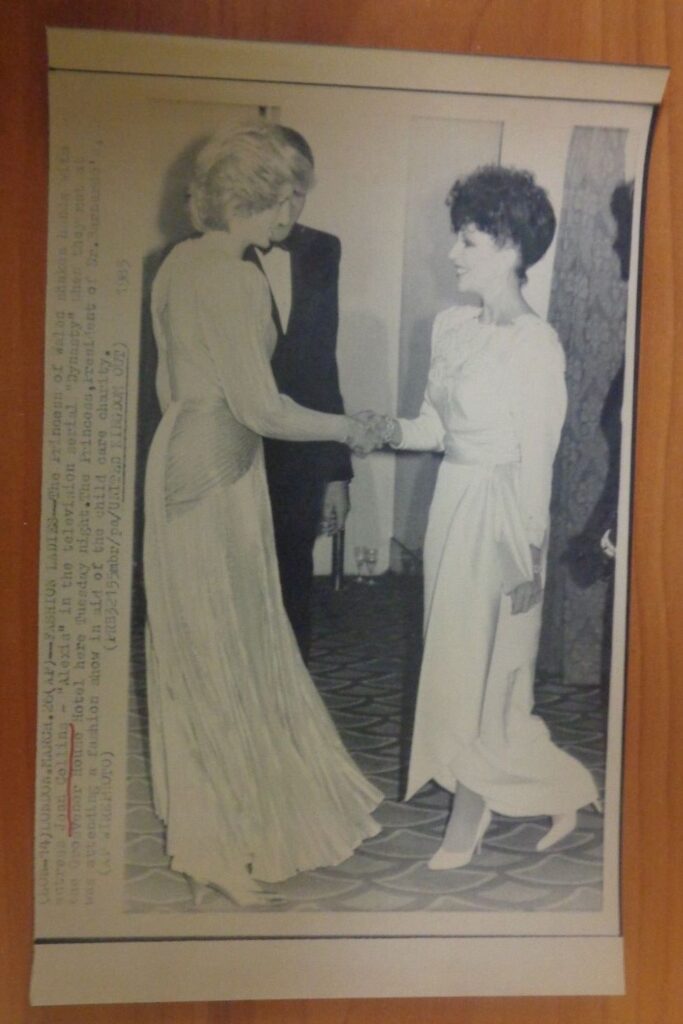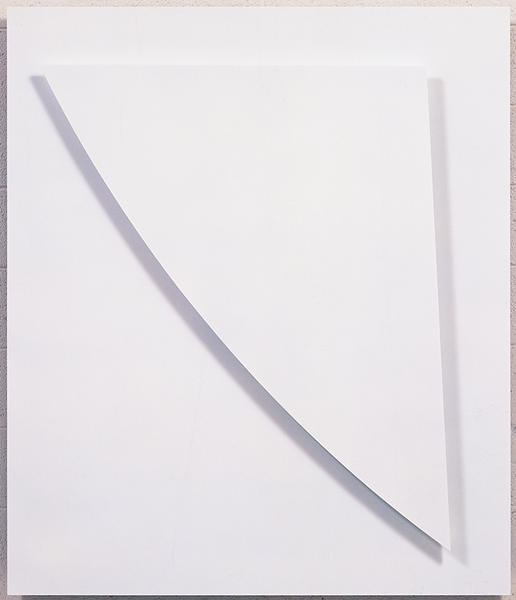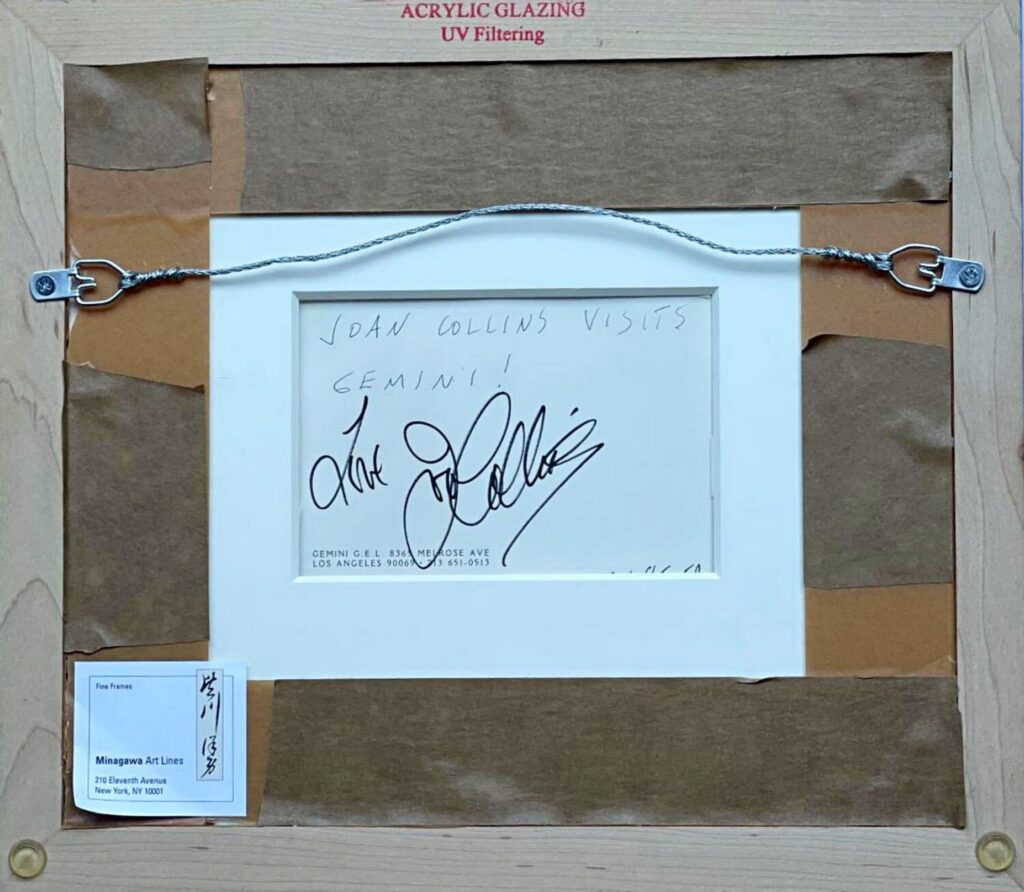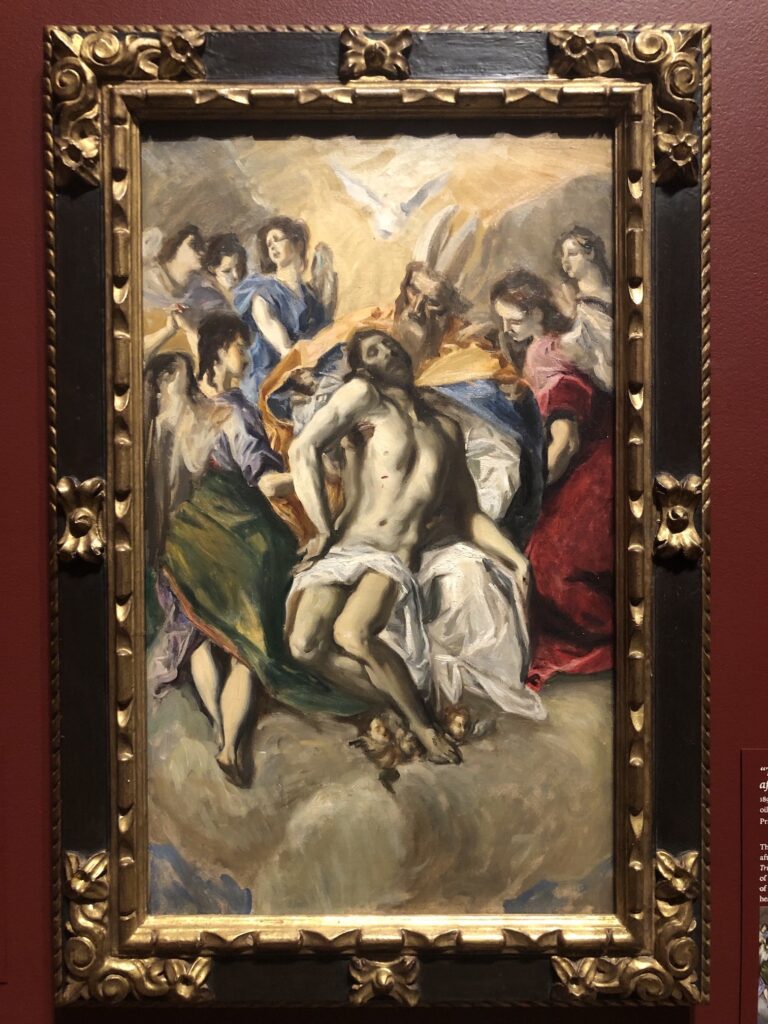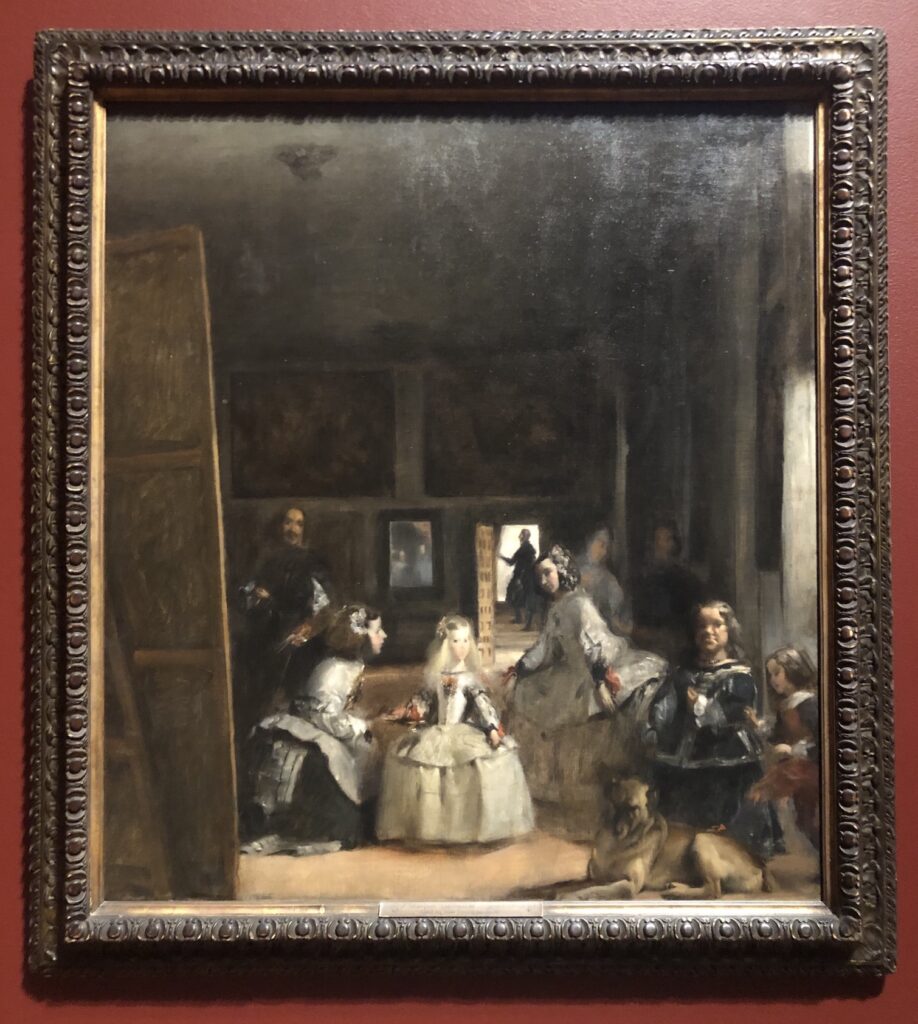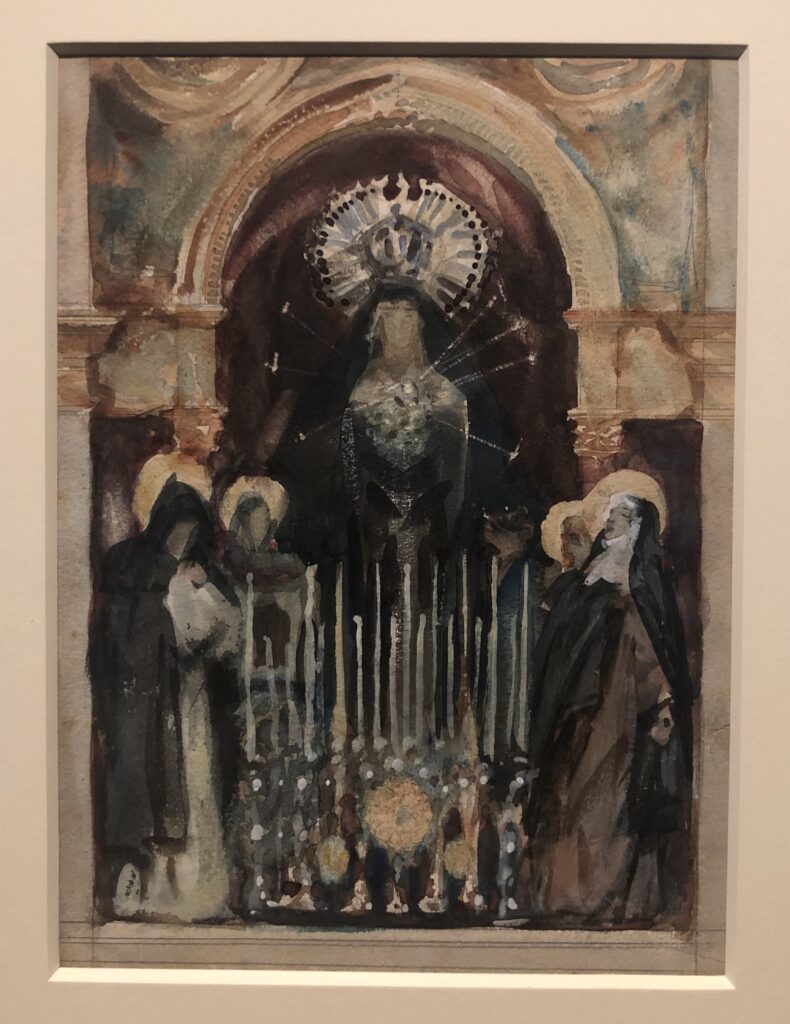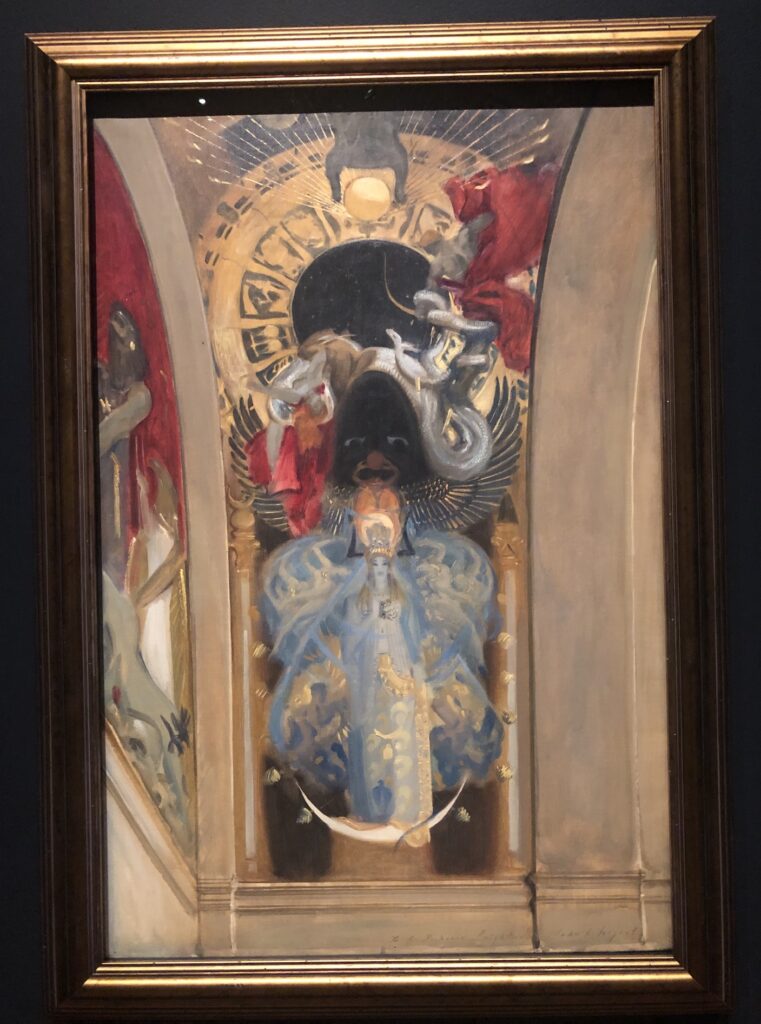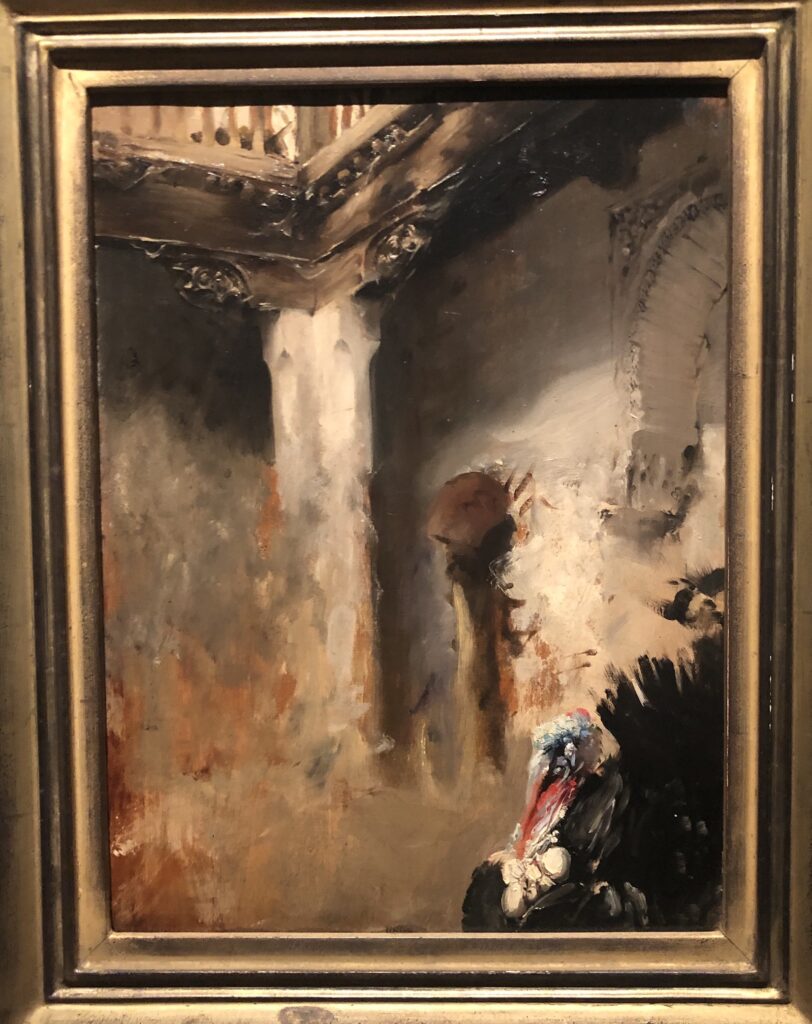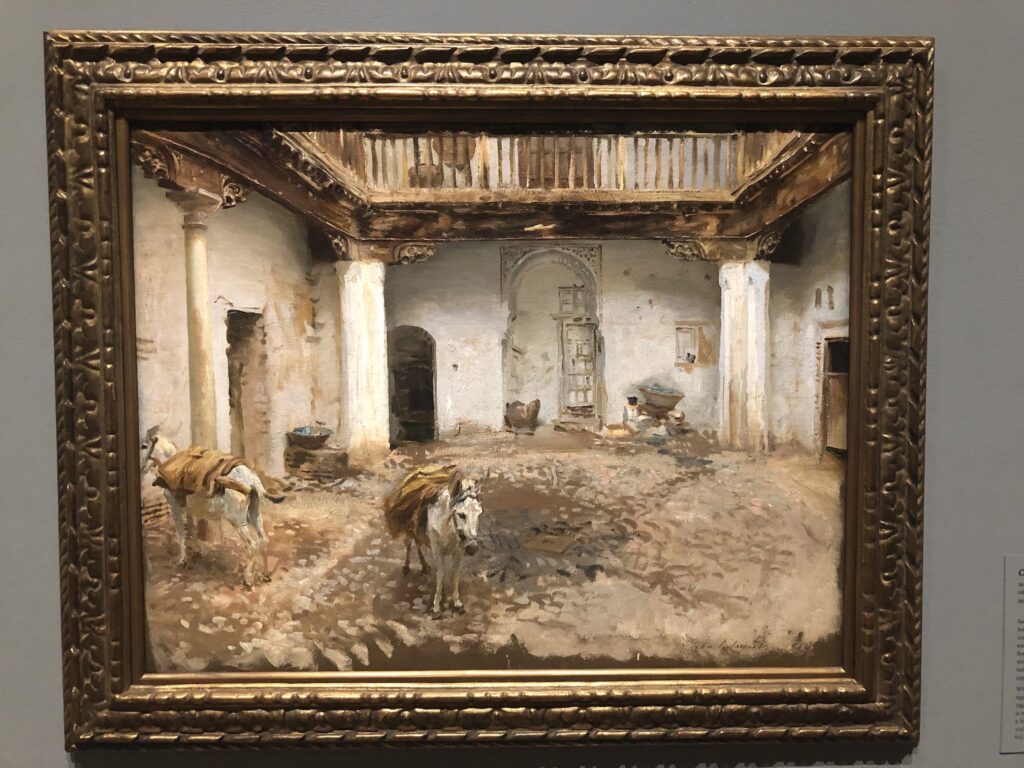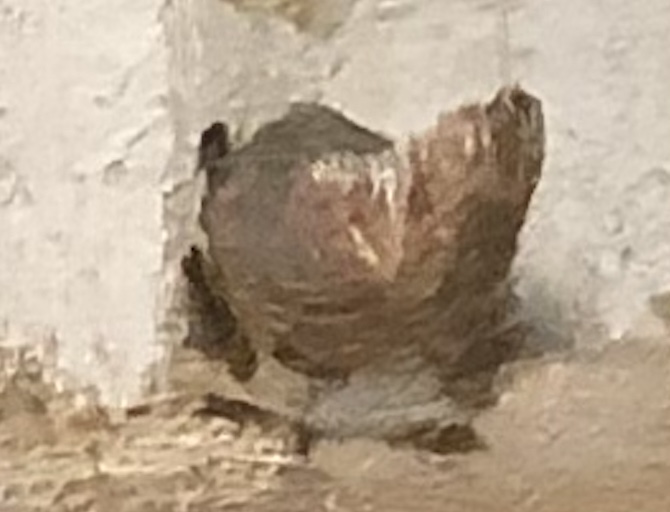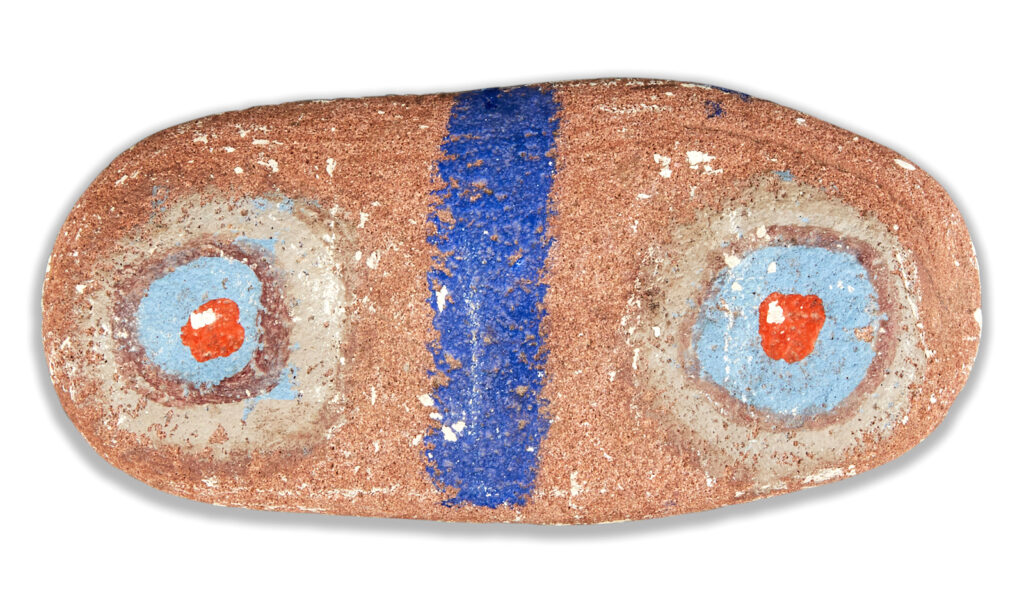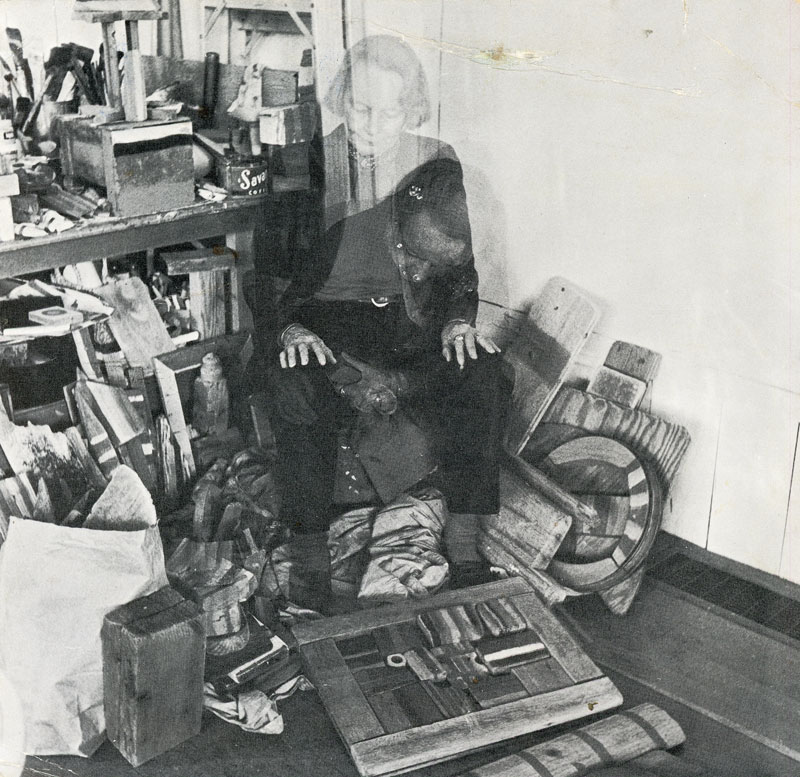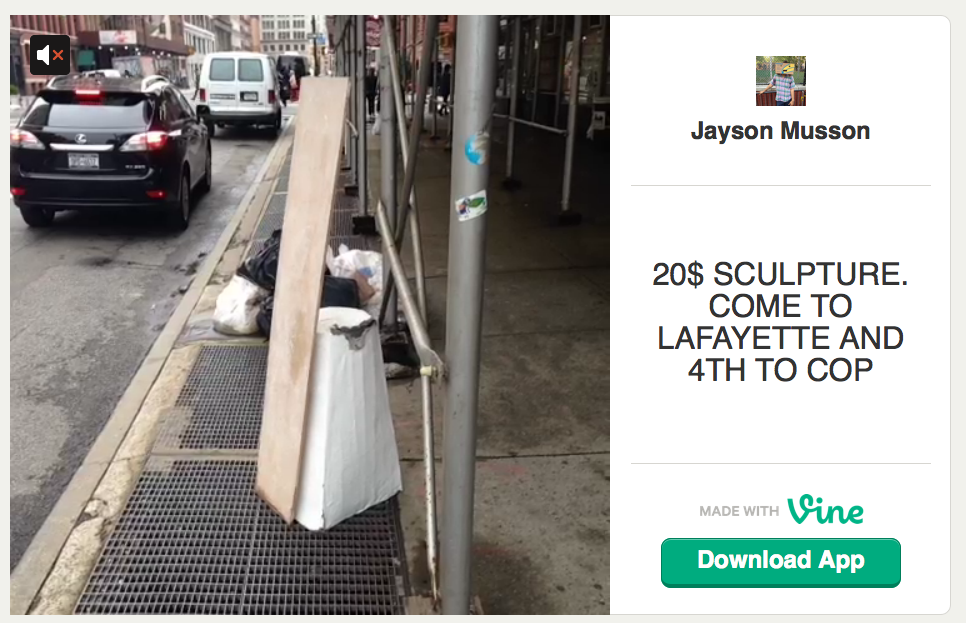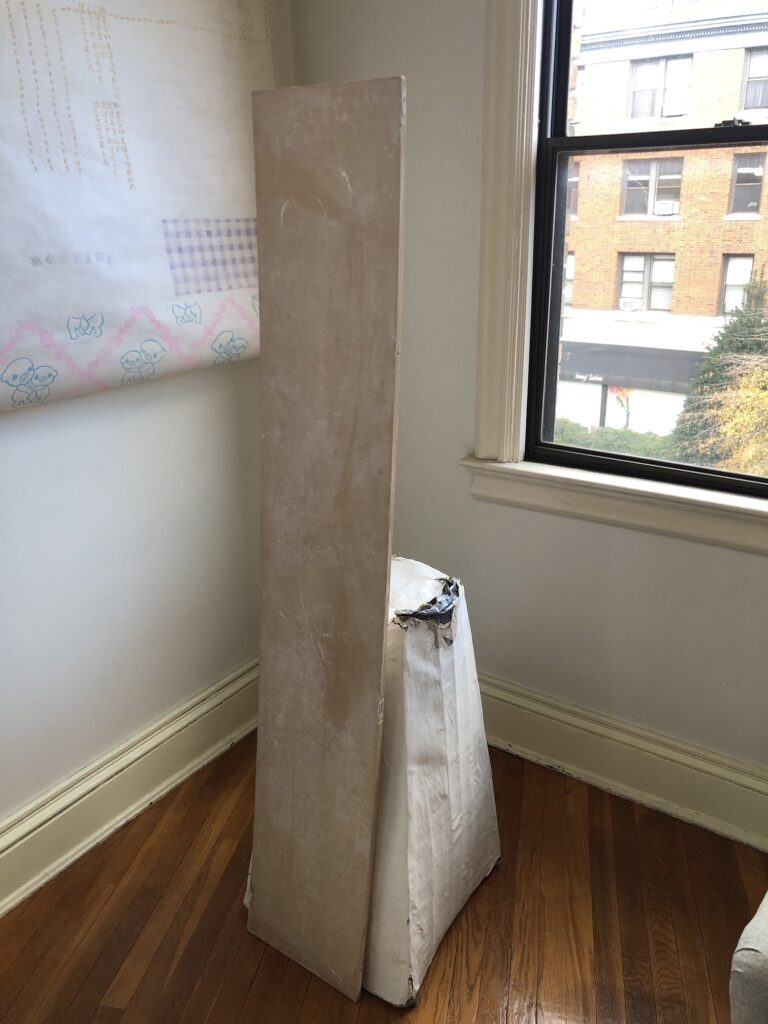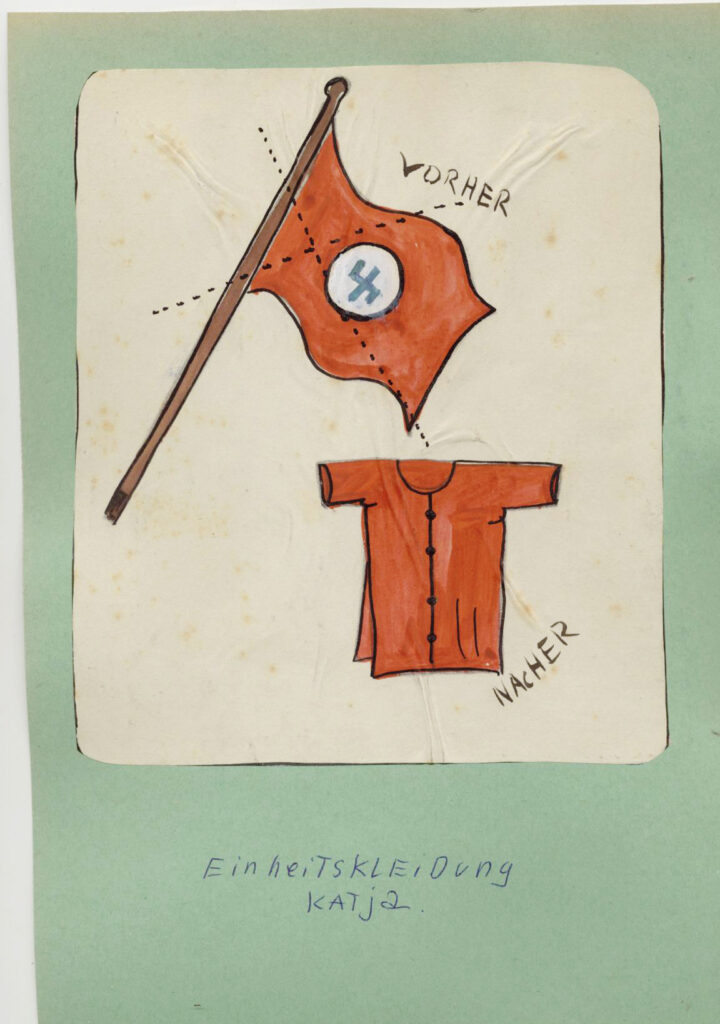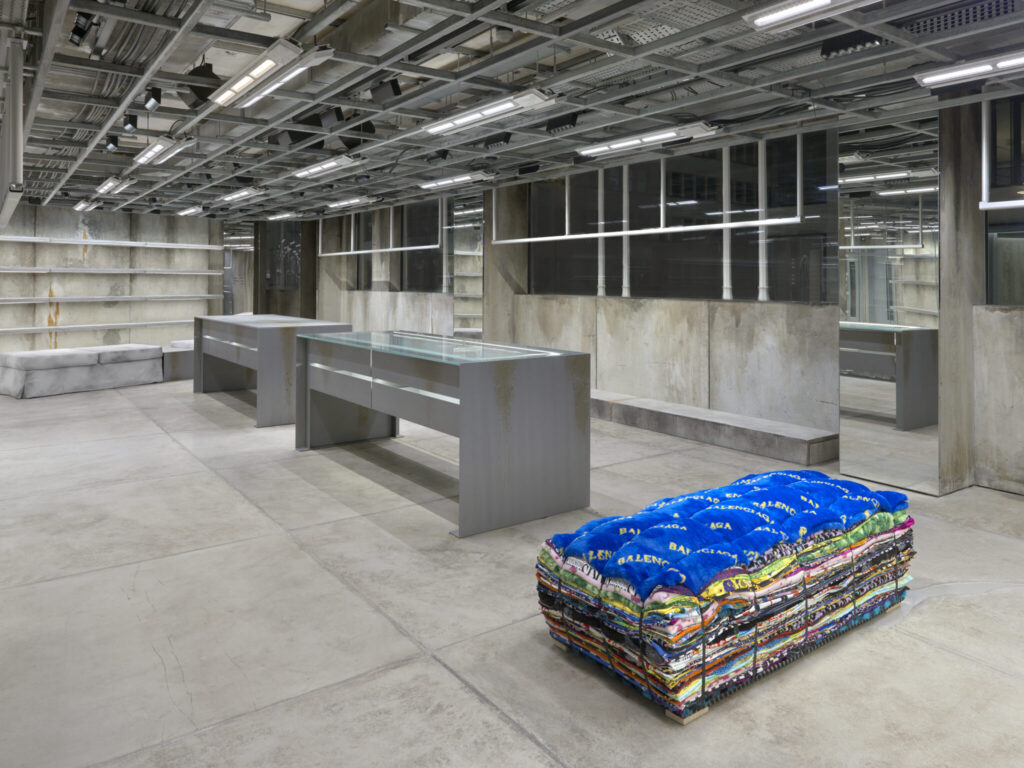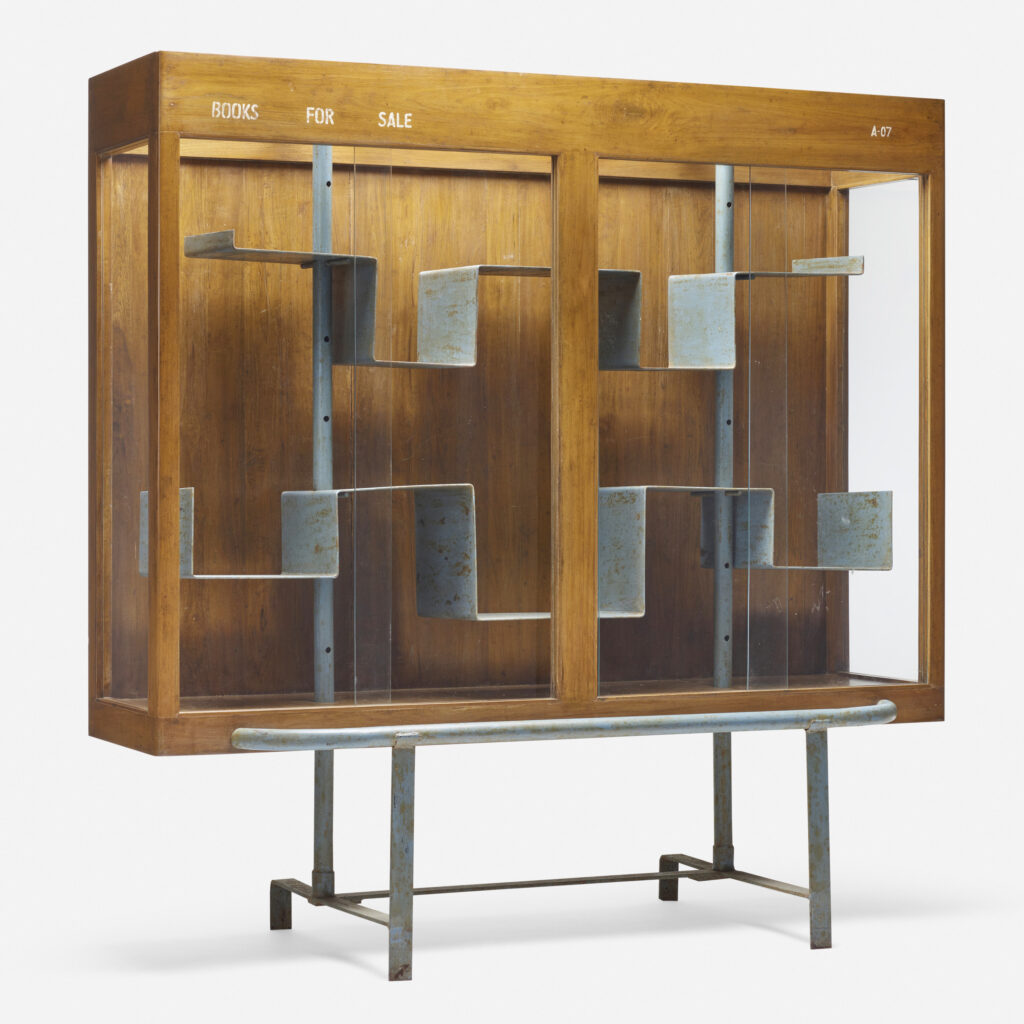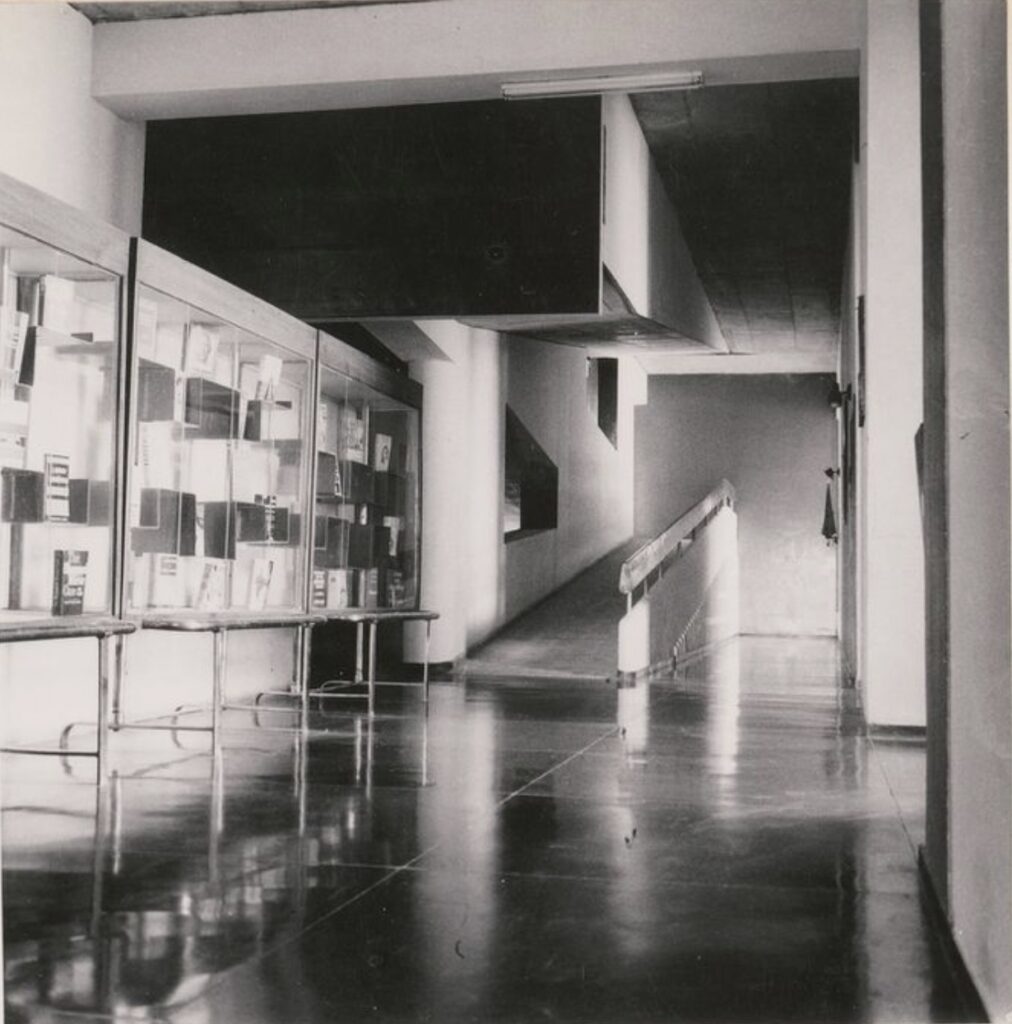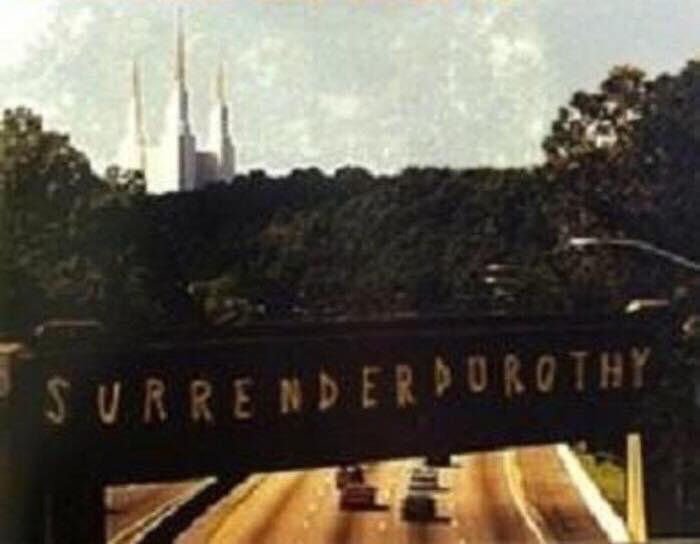
A few months ago the editors at Art in America asked if I’d like to write about Mormon architecture for a religion-themed issue. I was like, “Do you want the spectacular space-age temples; the scrappy DIY pioneer rusticity; the mass-produced, suburban Mormcore cringe; or the unprecedented grappling with historical preservation?” And they said, “Yes, absolutely.”
The article is now online. “Building Mormonism: The Fascinating History of LDS Architecture.” Honestly, it feels like it could be three articles, and three more would come out of it. The more I dug and looked, the more interesting and revelatory stuff I found about the way the Church has approached its physical spaces and structures over its almost 200-year history. There’s probably a dissertation to be written on the early 20th century mandate to include a basketball court in every new meetinghouse. Or on the building missionary program that tried to optimize expertise and volunteer labor when demand for churches outstripped the local members’ construction skills. Or the impact on the built sacred environment of having a trans woman lead one of the most ambitious architectural eras in the Church’s history. [I think she’s already writing that last one herself.]
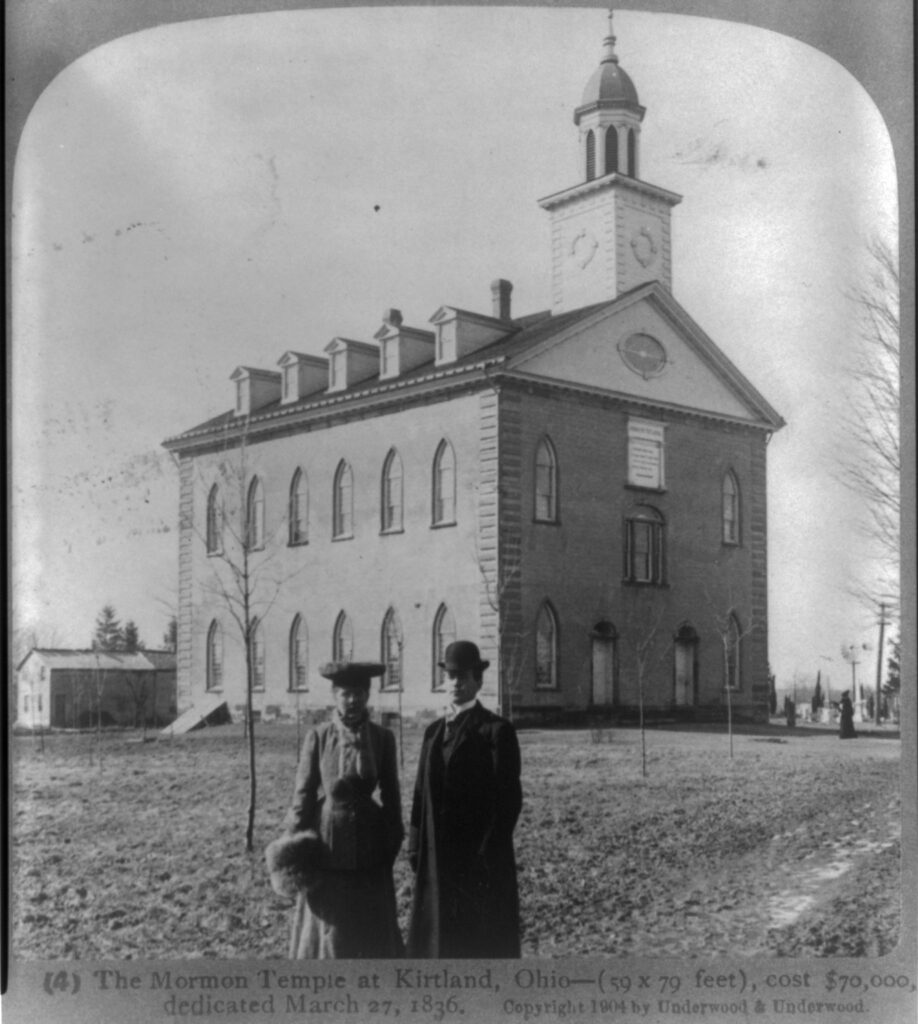
I’ll add links to resources I found especially useful, and images of the buildings mentioned in the piece, so check back. In the mean time, I would have been lost without two blogs and one book:
Historic LDS Architecture, where Bridger Talbot has been posting original research, photography, and travelogues since 2014
ldsarchitecture.wordpress.com went dormant in 2012, but is still full of photos and accounts of visits to architecturally notable church buildings.
Places of Worship: 150 Years of Latter-day Saint Architecture is Richard W. Jackson’s 2003 historical survey of all the worship places of the LDS Church, and an institutional history of the Church’s Architecture Department, where he worked for many years.
scottcsorensen.templephotos on Instagram provided a steady drip of inspo, and also a sense of perspective, that there was someone else spending even more time thinking about Church architecture than I was.
And of course, whether that is comforting or Content Warning @TexturesofMormonism is the go-to source for recognition of the Church’s 70s and 80s homogeneous aesthetic.
